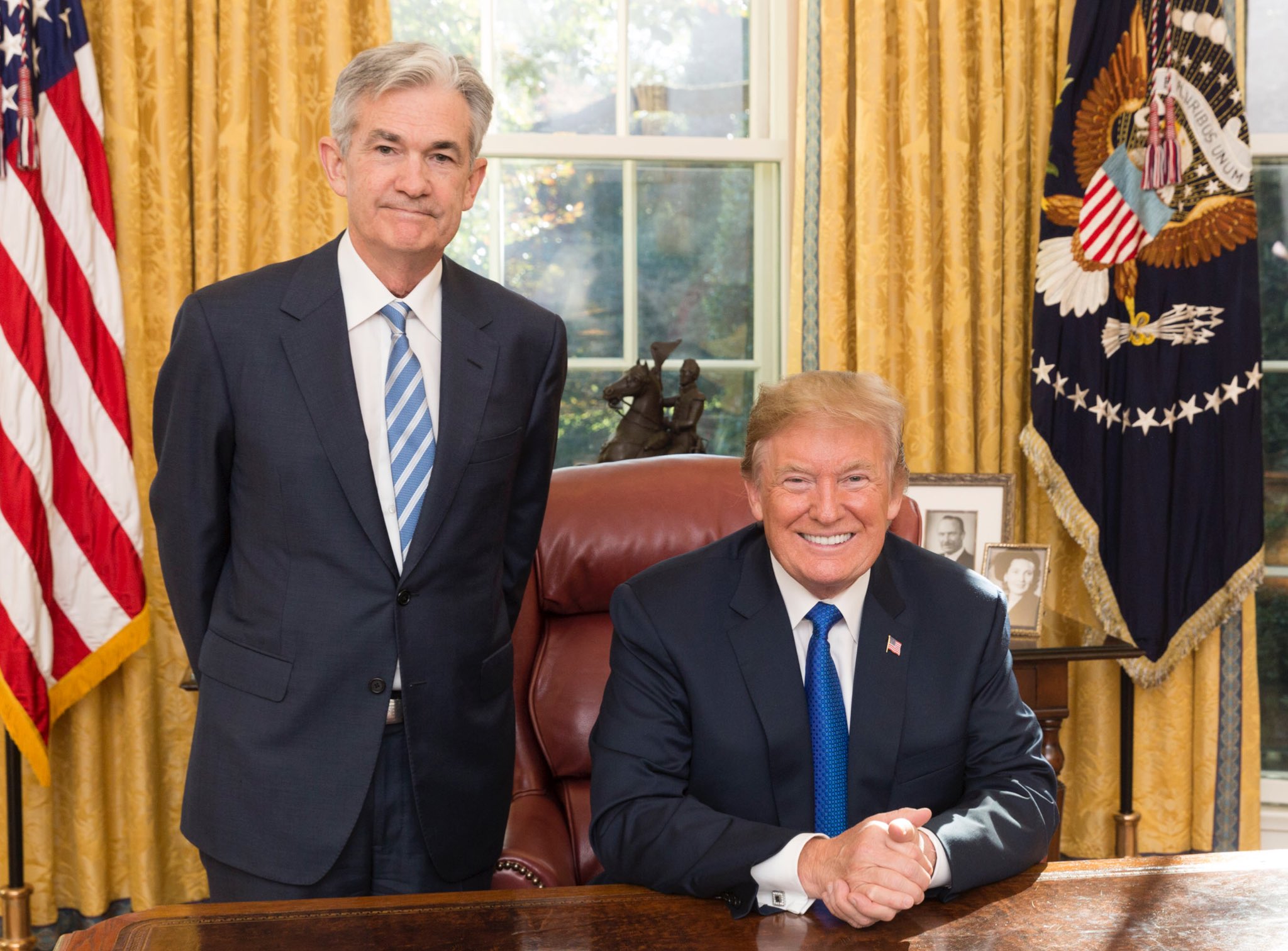A new academic study challenges the long-held belief that Wall Street systematically underprices IPOs, arguing that the dramatic first-day pops often seen are driven more by a small set of “superfan” investors than by fundamental mispricing. Joseph Henry of Northeastern University and Terry O’Brien of the University of Maryland found evidence suggesting U.S. IPOs may be overestimated as underpriced by as much as 40%, reframing one of finance’s most debated puzzles.
The research, which examined more than three decades of market data, contends that the headline-grabbing opening trades—such as Figma’s 250% debut surge last month, the largest ever for a billion-dollar IPO—are not representative of broader investor demand. According to Henry, only about 10% of IPO shares typically change hands during those initial bursts, meaning the extreme prices reflect niche enthusiasm rather than a true market-clearing level. By accounting for both volume and price, the scholars argue, underpricing looks far less pervasive than traditional measures suggest.
Market Overview:- Study argues IPO underpricing exaggerated by as much as 40%
- Headline-grabbing pops often driven by “superfan” buyers in thin volumes
- Examples include Figma (FIG), Circle, and Airo Group with triple-digit first-day surges
- Researchers propose new measure adjusting for price and trading volume
- Findings challenge long-standing estimates of $5B in annual IPO “money left on the table”
- Henry emphasizes that IPOs remain underpriced but less severely than believed
- Study may prompt reassessment of how banks and issuers set IPO pricing
- Publicity value of big first-day surges still seen as beneficial to issuers
- Findings could influence future academic, regulatory, and market debates on IPO fairness
- The study challenges the notion that Wall Street consistently leaves large sums “on the table” in IPOs—finding that traditional underpricing estimates may be overstated by up to 40%. This reframing could lead to fairer reputational assessments for banks and underwriters while reassuring issuers that headline-grabbing pops are not as costly as previously believed.
- By highlighting the outsized influence of “superfan” investors trading in very thin volume on first-day IPO prices, the research encourages stakeholders to focus on sustained, broad-based demand and real market-clearing prices—potentially reducing overreliance on volatile opening-day surges when benchmarking IPO success.
- New volume-adjusted measures for IPO pricing proposed by the study could improve transparency and accuracy in market analytics, ultimately setting more reasonable expectations for issuers and boards about typical IPO performance and reducing perceived pressure to engineer large first-day gains.
- If widely adopted, these findings may spur more thoughtful IPO pricing strategies, with banks and companies weighing the true costs and benefits of publicity-driven opening surges against the goal of maximizing shareholder value over the medium and long term.
- Action Point: For companies planning IPOs, this research supports negotiating more flexible pricing tactics with underwriters and crafting investor relations strategies focused on post-listing fundamentals and volume, not just opening trade headlines.
- While the study challenges the size of IPO underpricing, it does not deny its existence—the authors acknowledge that debuts are still systematically set below what some investors may be willing to pay, meaning companies and early investors still face real dilution and “money left on the table.”
- The findings may downplay the real financial and strategic importance of liquidity, price discovery, and anchor investor demand in the IPO process. Volume-adjusted figures may inadvertently minimize the risk of significant mispricings if post-IPO volatility persists or if trading volumes do not scale up rapidly.
- Headline surges—even if driven largely by superfans—still set the tone for public perception, future secondary raises, and management morale. Underestimating these dynamics may overlook the full set of incentives and risks facing new issuers.
- If banks and issuers adopt the study’s volume-based pricing frameworks too aggressively, there’s a risk that some IPOs will be priced too high for sustainable aftermarket support, potentially resulting in more post-listing disappointments or protracted share price drifts.
- Action Point: Investors and advisors should supplement volume-adjusted IPO pricing metrics with deeper diligence on lock-up expirations, float structure, and long-term investor participation to avoid mistaking thin-volume pops (or drops) for broad-based support or market efficiency.
The conclusions contrast with prior research by University of Florida’s Jay Ritter, whose widely cited work estimated issuers lose billions annually from underpricing. Henry and O’Brien’s findings suggest companies may deliberately underprice for strategic reasons—securing positive publicity, rewarding early investors, and cushioning employee morale—without the purportedly massive financial cost implied by traditional metrics.
By reframing the IPO “puzzle” as less of a systemic inefficiency and more of a measurement issue, the study offers a more nuanced view of new listings. While it does not claim underpricing is nonexistent, the work highlights how early trades may distort perceptions of market dynamics and calls for a deeper examination of supply-demand mechanics in IPO pricing.




